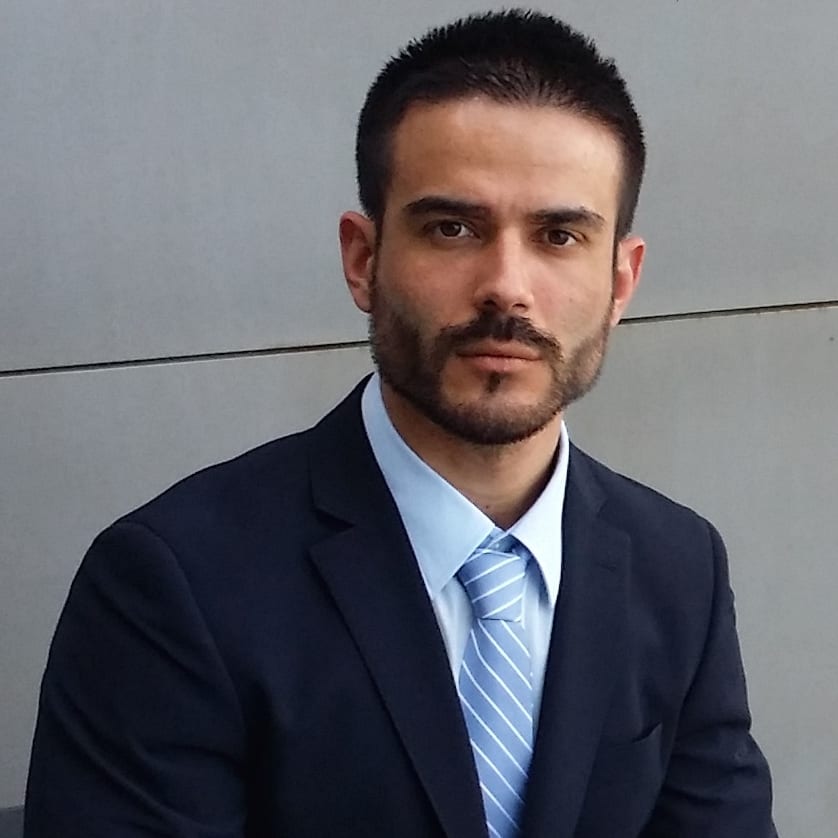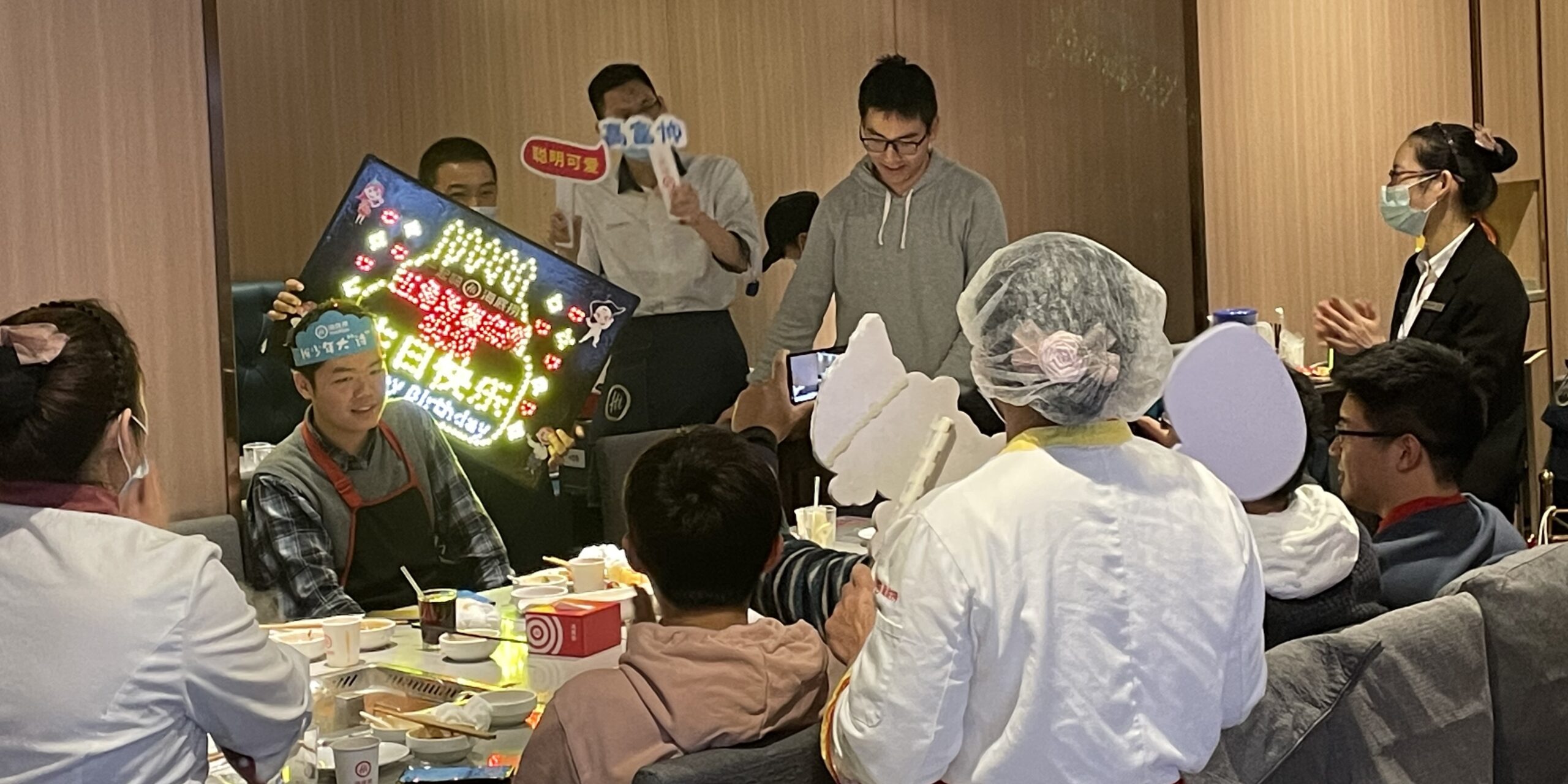
Five lean practitioners answer the same question #1
FEATURE – For this new monthly article, we will be asking five lean practitioners the same question and share their answers with you. We started by asking them about their biggest lean mistake.
"What is the biggest lean mistake you have ever made?"

The word 'mistake' implies something negative, but lean sees every mistake as an opportunity to learn and to promote further improvement. Having said that, I find it's all too easy to regress back to the old ways of doing things – which are not very lean. Looking back, I can see that not being able to consistently follow lean principles and behaviors has often resulted in the lack of traction to move forward that I have experienced at times.

My biggest mistake was to think that once I learned and applied a few of those "lean rules", I would be able to automatically increase our productivity and lower our costs. What we realized, instead, is that lean is a system for learning and a way to continuously discover better ways of working and serving customers, and that for this system to succeed top management must be actively involved. The objective of a transformation is to improve the quality of both work and products/services, not just for customers, but also for staff. Lean truly is a breath of fresh air.

In our organization lean was adopted as a strategic initiative aiming to introduce tools that could help us improve the efficiency of our processes, but lean is much more than just a bunch of tools. It is a culture and it takes time for it to take root in people's minds. One of the first lessons I learned, resulting from the mistakes I have made, is that in my mind the "l" in lean stands for "leadership." In lean, leadership must be actively involved in improving processes, empowering people, and managing change. This was my big mistake – perhaps a rookie mistake: pay more attention to how the methods are applied, to the results, and to guiding leadership through the journey than to how I could manage the change those new methods were bringing to the day-to-day work. These days I spend more time on the "how" than on the "what," which has led to more sustainable results.

The biggest lean mistake I have ever made was to tell people what to do. I have made it thousands of times until, more than 13 years ago, my first coach helped me to see that I was disrespecting people by limiting their ability to think and by taking responsibility away from them, even though they were perfectly capable and willing to take it. That's why they call lean a journey: every day, we learn not to dictate solutions but to listen to people and ask the right questions at the gemba. I had to learn to stop myself from giving solutions and to start to repeatedly ask "why." I now understand that my role as a leader is not to turn people into robots, but into creative individuals who are engaged in improving the flow of value towards customers. How? By engaging them on the purpose (why, rather than what and how), by unleashing their unique capabilities and skills to make them autonomous, and ensuring their willingness results into effective action taken to foster an environment of continuous learning.

It is hard to pick one – I have made so many mistakes over the years and they have taught me so much. Many of these I have made twice – first when I didn't know any better because I didn't know lean, then when I didn't understand what my sensei was telling me I was doing wrong. There are three big ones that come to mind. The first was to think that DMAIC is the same as PDCA, and it took me a long time to realize that, in fact, the former is action-oriented, while the latter is learning-oriented. The second big mistake was to consider improvement necessary to establish pull flow, when in fact it is the other way around: pull flow is a tool to generate kaizen. Pull flow should not be the objective of a lean journey, but a means to encouraging people to come up with new ideas to fuel cost reductions and improve the organization as a whole. The third big mistake was to misinterpret what visual management stands for: we created way too many boards, rather than making the important things visible. What we got in return was "board bureaucracy" rather than a "speaking environment."
Read more


CASE STUDY – How does a small food shop in Sichuan turn into a $30 billion chain with around 900 restaurants in several countries? By always going the extra mile for customers!


FEATURE – How do you ensure that visual management doesn’t become anything more than a way to reassure the boss, rather than foster a learning and problem solving culture? The author reflects on her company’s journey towards effective visualization.


PROFILE – We may think it is cut and dried, but lean thinking is, in fact, full of paradoxes and trade-offs. According to Cécile Roche, learning to navigate them is one of the defining traits of a lean leader.


FEATURE – SMEs represent the backbone of many economies, but few of them contemplate embarking on a lean transformation. The author discusses why and offers some tips to help them embrace lean.

